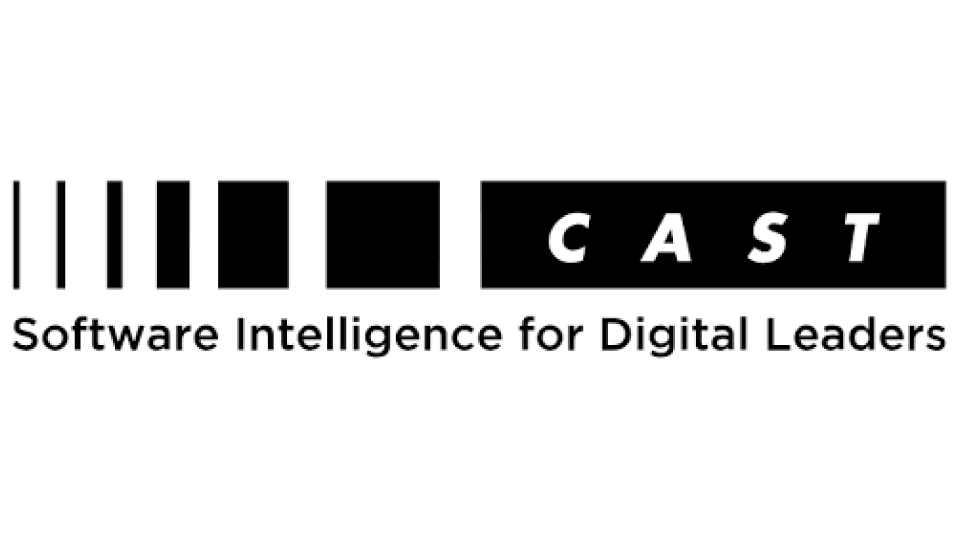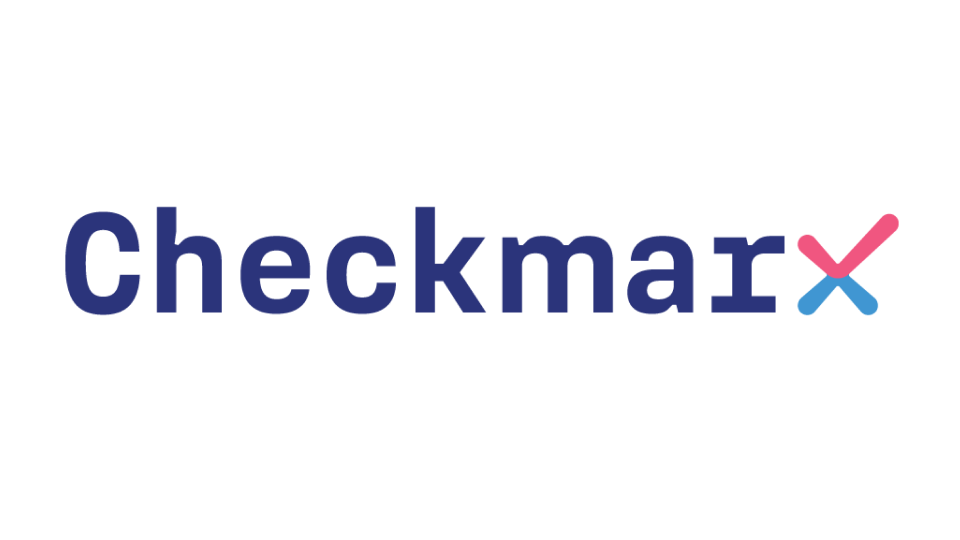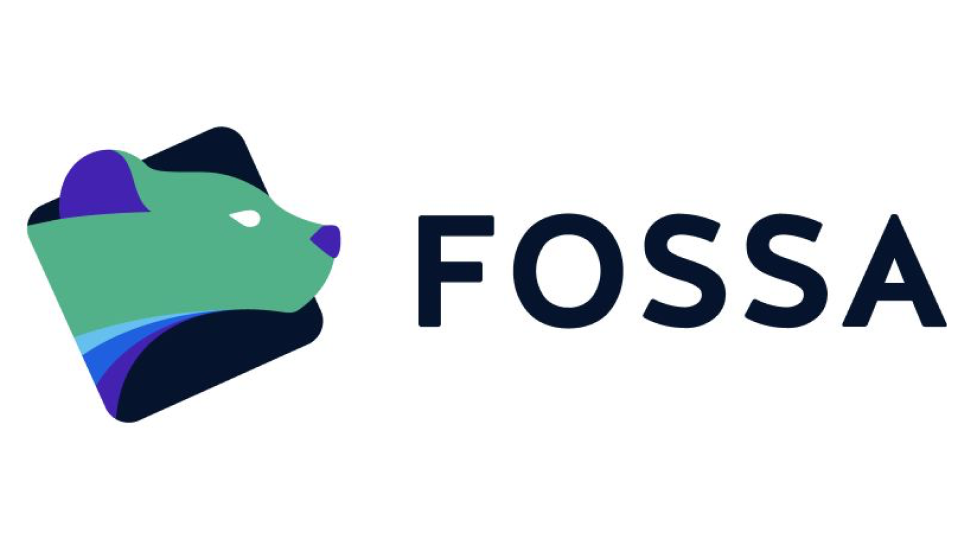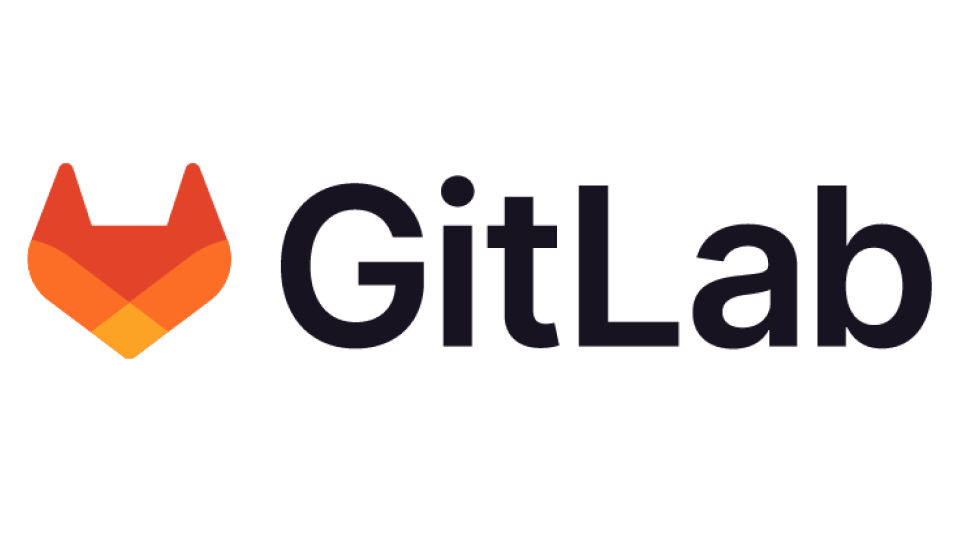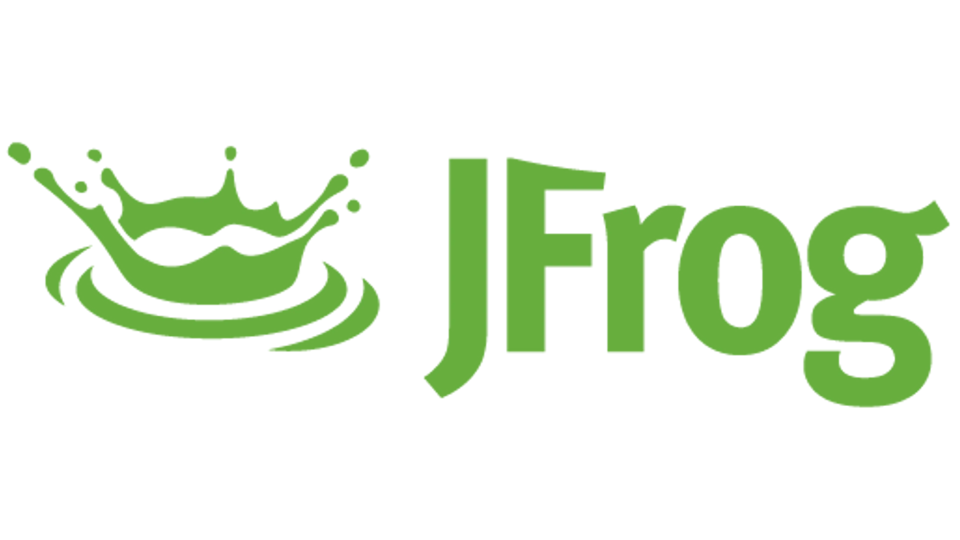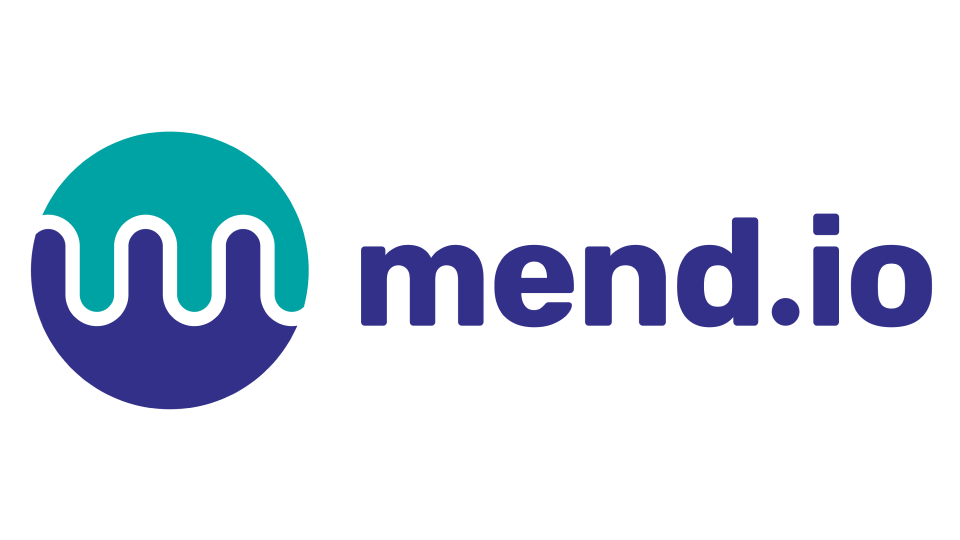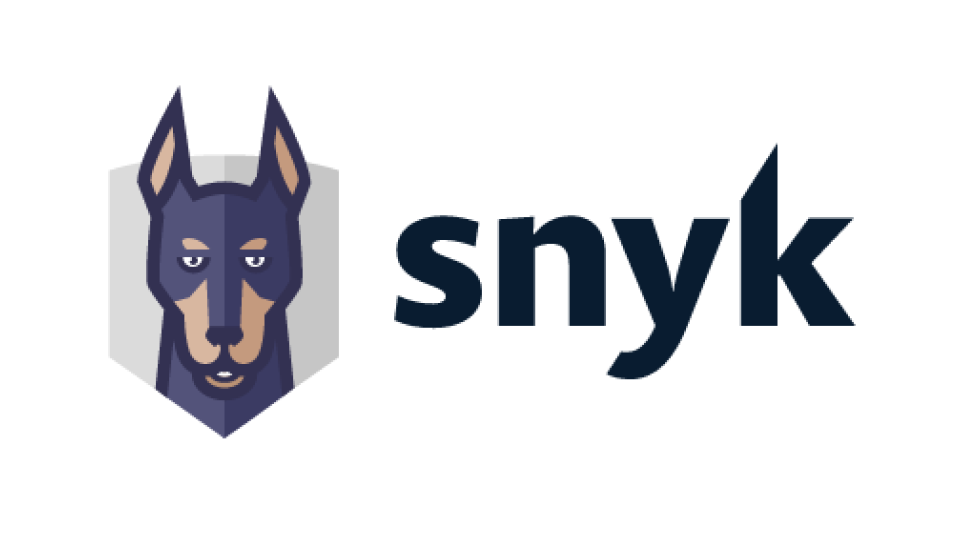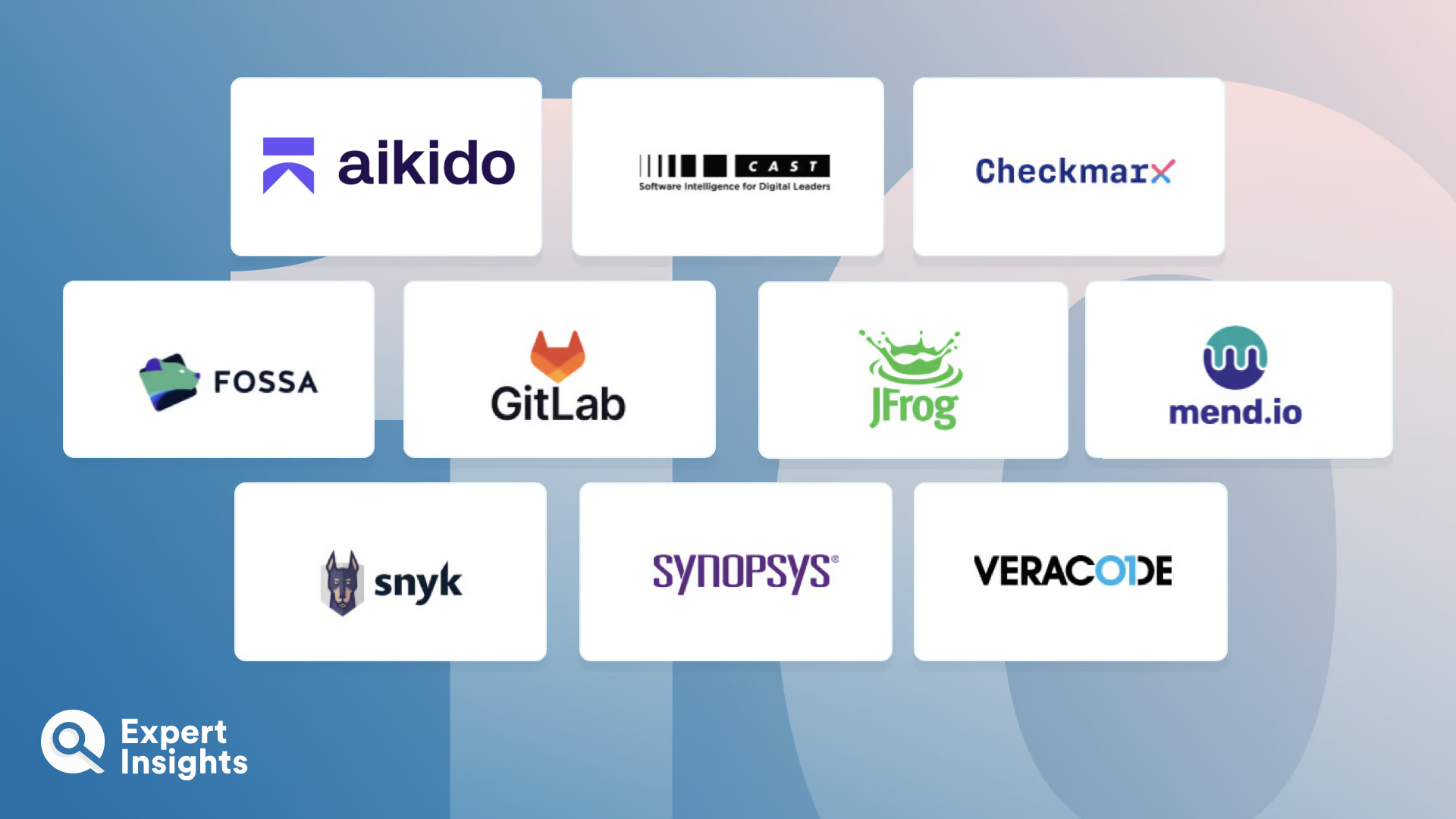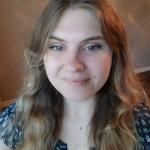Software Composition Analysis (SCA) tools identify open-source components within software applications. Open-source components can make up a significant portion of an application’s codebase, and relying on these components may introduce security vulnerabilities, licensing issues, and maintenance challenges. Its therefore important that developers can track the usage of open source code within their applications, assess any security and compliance risks, and remediate them effectively.
SCA tools work by integrating with the DevOps pipeline by scanning the application code and dependencies during development, testing, and deployment phases. They inspect source code and package managers, comparing code against knowledge bases which contain known and common vulnerabilities. This then flags any vulnerabilities, errors, or issues with the overall code quality.
This process helps in reducing the risks associated with open-source usage while adhering to compliance regulations and industry standards. SCA tools further provide automation capabilities, vulnerability remediation guidance, and continuous monitoring to ensure that organizations take a proactive approach to secure their software supply chain.
As developers look to “shift left” and introduce code security analysis earlier into the SDLC, the use case for Composition Analysis tools is rapidly growing. In this guide we will explore the top 10 Software Composition Analysis tools, including their key features, to help organizations make an informed decision.





